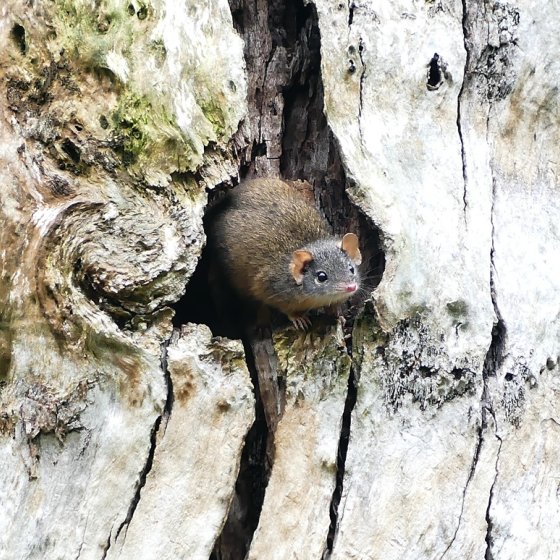- Home
- Environmental Themes
- Land
- State of Our Land
- Biodiversity
Biodiversity
National Parks and Wildlife Act 1972 encompasses all the different kinds of life and how they interact. It includes animals, plants, fungi and bacteria, which make up our natural world. Maintaining biodiversity is vital for our existence as it preserves our lives through producing food, water, materials and energy, and supports our health and wellbeing.
Australia is home to around 600,000 native species, many of which are found nowhere else in the world. Half of the world’s marsupials are found in Australia.
Habitat loss and degradation is the most dominant cause of species loss followed by invasive species and diseases, pollution, adverse fire regimes and climate change, which are all influenced by human activities. Interactions amongst different threats to our native species and land can intensify the impacts of those individual threats. Pressures that erode species populations and ecosystem resilience can also leave them more vulnerable to impacts from other pressures. This highlights the need for biodiversity to be managed using a holistic approach that recognises these links.
Light pollution may impact natural behaviour of native wildlife, particularly for nocturnal animals. Animals perceive light differently from humans, and artificial light can disrupt critical behaviour and cause physiological changes in wildlife. South Australia has established Australia’s first Dark Sky Reserve, which is located in the Mid Murray Council region, and is one of only 15 in the world.


Across South Australia, the estimated percentage of native flora species declining was 41.6% and was 44.1% for native fauna. However, this varied across landscape regions.
The percentage of native flora and fauna declining is getting worse across South Australia, with the 2022 assessment indicating that 7 of the 9 landscape regions showed a declining trend when compared with a 2002 baseline. The trend in percentage decline was unknown for the remaining two regions, Alinytjara Wilurara and Green Adelaide.
According to the Australia State of the Environment Report 2021, the numbers of plants and animals under threat of extinction have increased since 2011. Numbers have increased, yet again, since the publication of that report (see graphs below).
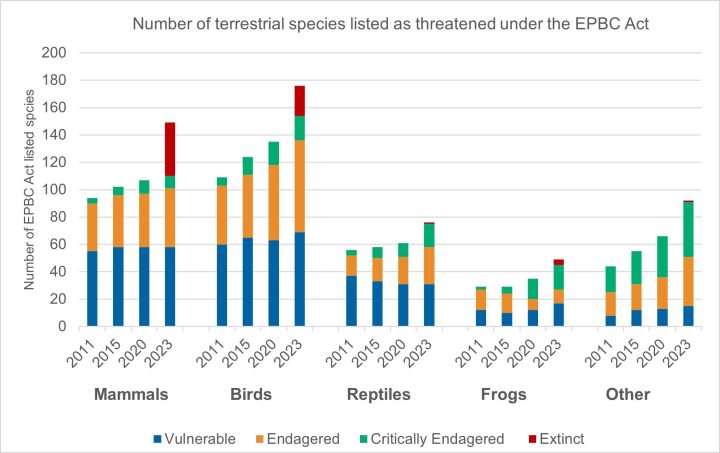
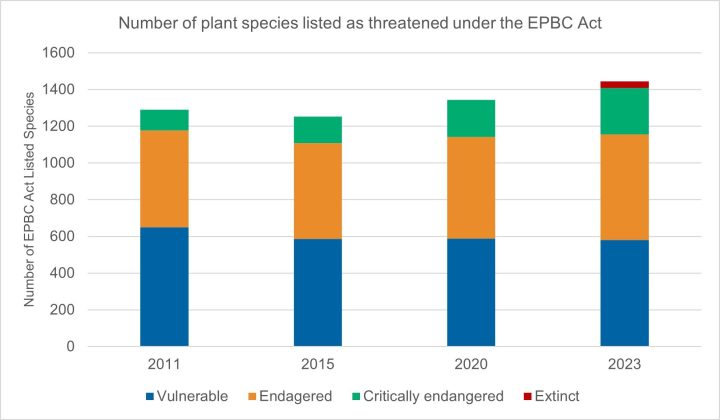
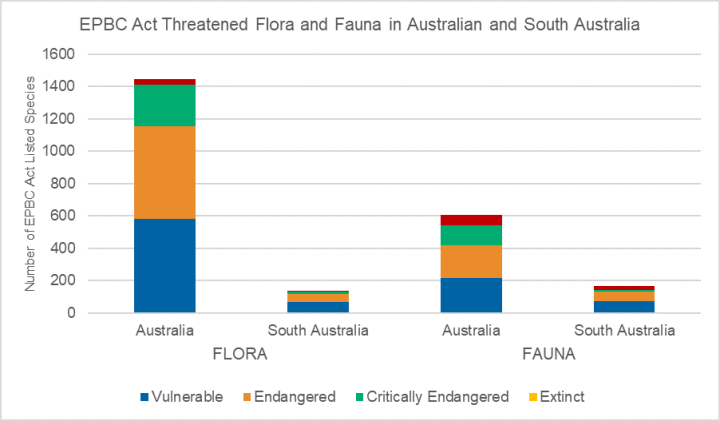
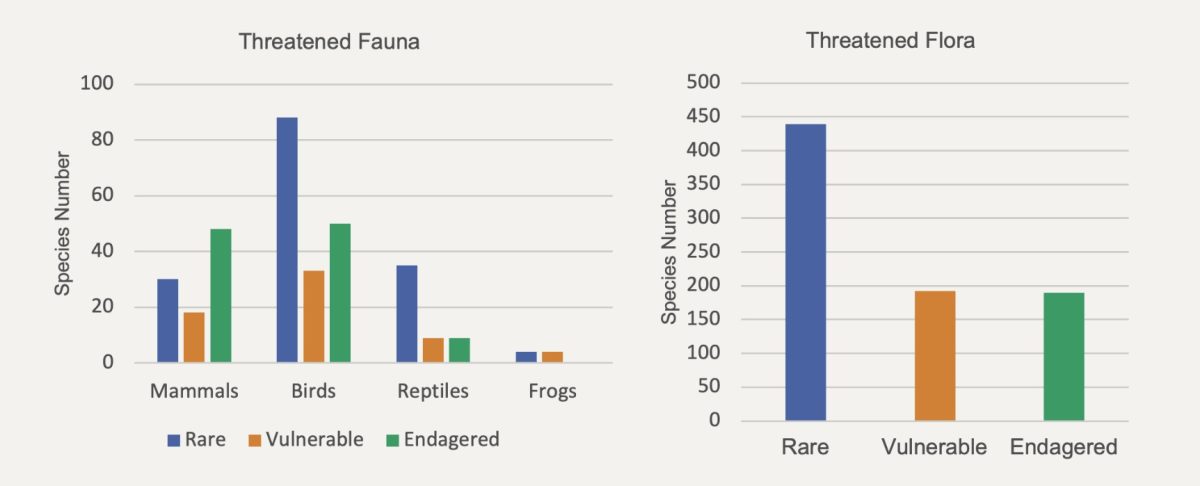
The Threatened Species Action Plan 2022–2032 is coordinated by the Department of Climate Change, Energy, the Environment and Water and identifies 20 priority habitats and 110 species for protection. In this plan, South Australia has one priority place identified, which is Kangaroo Island, and a number of plants and animals.
The SA Flora and Fauna Dashboard provides a snapshot of plant and animal species that have been recorded in South Australia and the number of those species that are considered under threat.
Protection of our native species is governed under the Environment Protection and Biodiversity Conservation Act 1999 including in South Australia. The EPBC Act is currently being reformed in response to the independent review that was undertaken in 2020.
In South Australia, threatened species are given formal legal recognition under the National Parks and Wildlife Act 1972 as endangered, vulnerable or rare. More than 1,100 species are listed in South Australia as threatened to aid in their protection.
A new Biodiversity Act is currently being developed to help protect and conserve biodiversity. This legislation will integrate the goals of the Native Vegetation Act 1991, the National Parks and Wildlife Act 1972 and the Landscape South Australia Act 2019 and put the protection of biodiversity at the centre of these laws for the long term. The Biodiversity Act will incorporate the knowledge of Aboriginal peoples in the management of land and respect for its ecosystems. In addition, the South Australian Government has committed $8 million to introduce a modern data system BioData SA to capture, manage and share South Australia’s biodiversity data and guide decision making for protection and restoration programs.
An independent expert report was commissioned by DEW for the SOER 2023 to identify challenges facing South Australia’s biodiversity under a changing climate and provide actions to address these challenges. This complements the outcomes of the 2018 SOER independent expert analysis on biodiversity, which is still considered to be relevant. The report advises:
- South Australia’s biodiversity is declining rapidly. An overview of the key threats to biodiversity is provided along with actions that could be implemented to mitigate biodiversity decline.
- There is a lack of investment and there are challenges in collecting monitoring data to inform trends in biodiversity. It was recognised that, as of September 2023, South Australia had no explicit goals and targets for biodiversity.
- To address biodiversity decline, monitoring and research needs to be more focused, cost-effective, long term and integrated with partners nationally and globally, and South Australia will need to take a far more radical approach to many conservation interventions in the context of a rapidly changing climate.
- In the Premier’s South Australian Economic Statement, the South Australian Government recognises the importance of maintaining healthy ecosystems in supporting biodiversity and the pressures that are threatening its health.
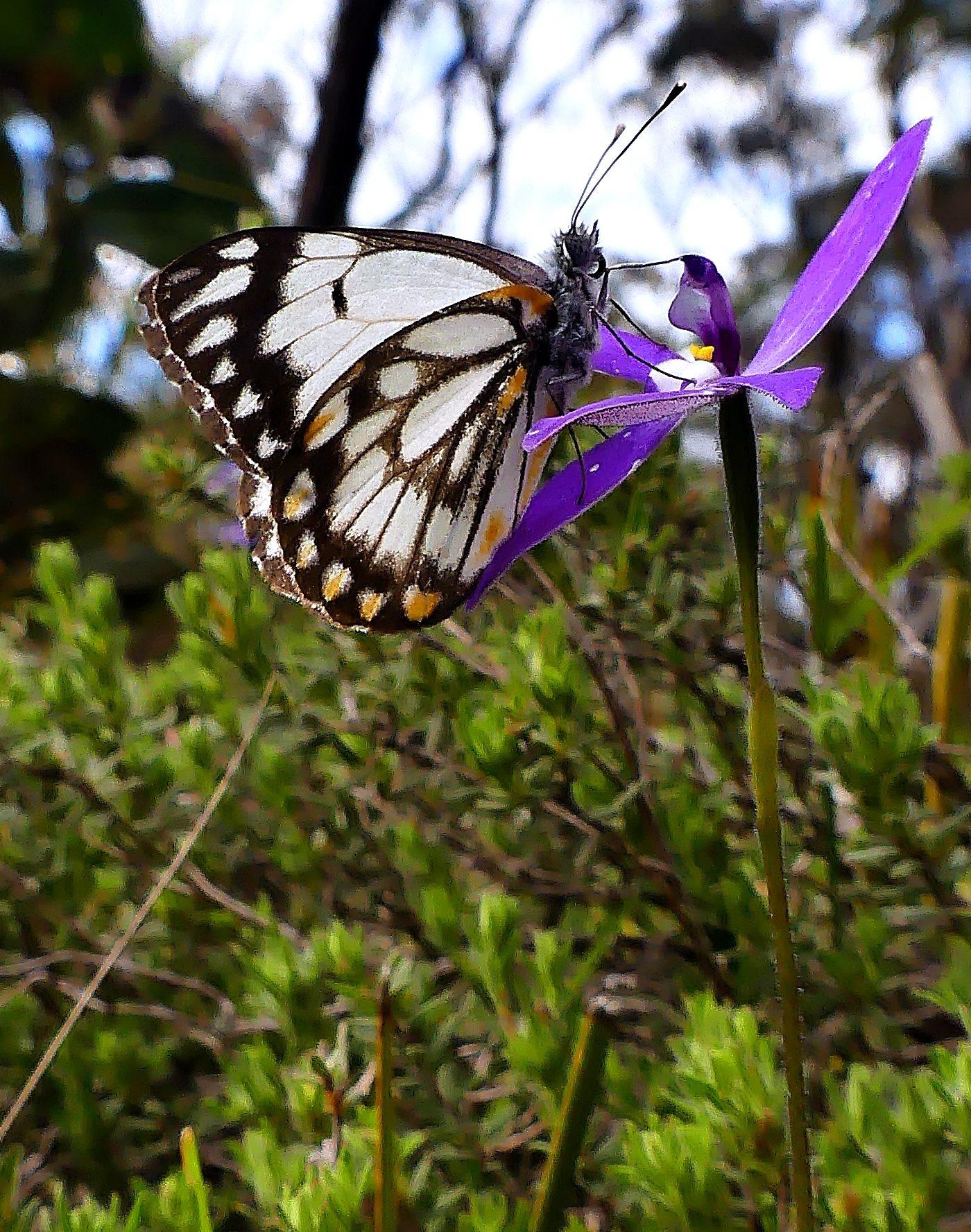

Further reading
- South Australia’s Biodiversity in a Changing Climate: The Path to Nature Positive by 2030 – A report by the Biodiversity Council for the SOER 2023, which identifies key challenges facing biodiversity in a changing climate.
- National Framework for the Sharing of Restricted Access Species Data in Australia – Access to withheld or modified biodiversity data for authorised and approved users.
- Threatened Species Action Plan 2022–2032 – A national plan to help protect 110 priority species that are currently under threat.
- Threatened Species Strategy: Five Year Report – A five-year report about meeting the objectives of the Australian Government’s Threatened Species Strategy 2016.
- NESP Threatened Species Recovery Hub – Research collaboration regarding the recovery of Australia’s threatened species and ecological communities. A total of 147 research projects were undertaken across Australia.
- The Threatened Species Index 2022 – A dashboard of data and temporal trends on 278 species of mammals, birds and plants that are threatened or near threatened.
- Delivering on Nature Positive: 10 Essential Elements of National Environment Law Reforms – A report by the Biodiversity Council undertaken in 2023 on 10 essential elements that need to be implemented to deliver on Australia’s nature positive commitment.
- An independent expert report commissioned by DEW for the SOER 2023 to identify challenges facing South Australia’s biodiversity under a changing climate and provide actions to address these challenges.
